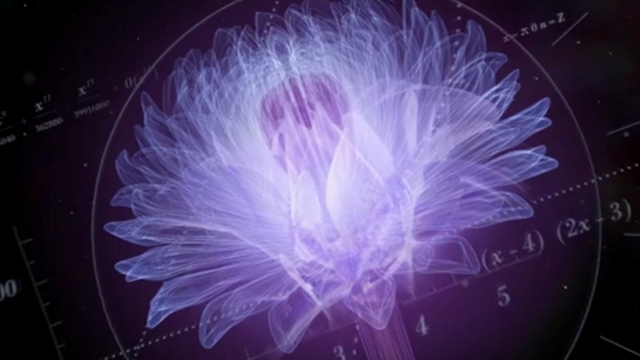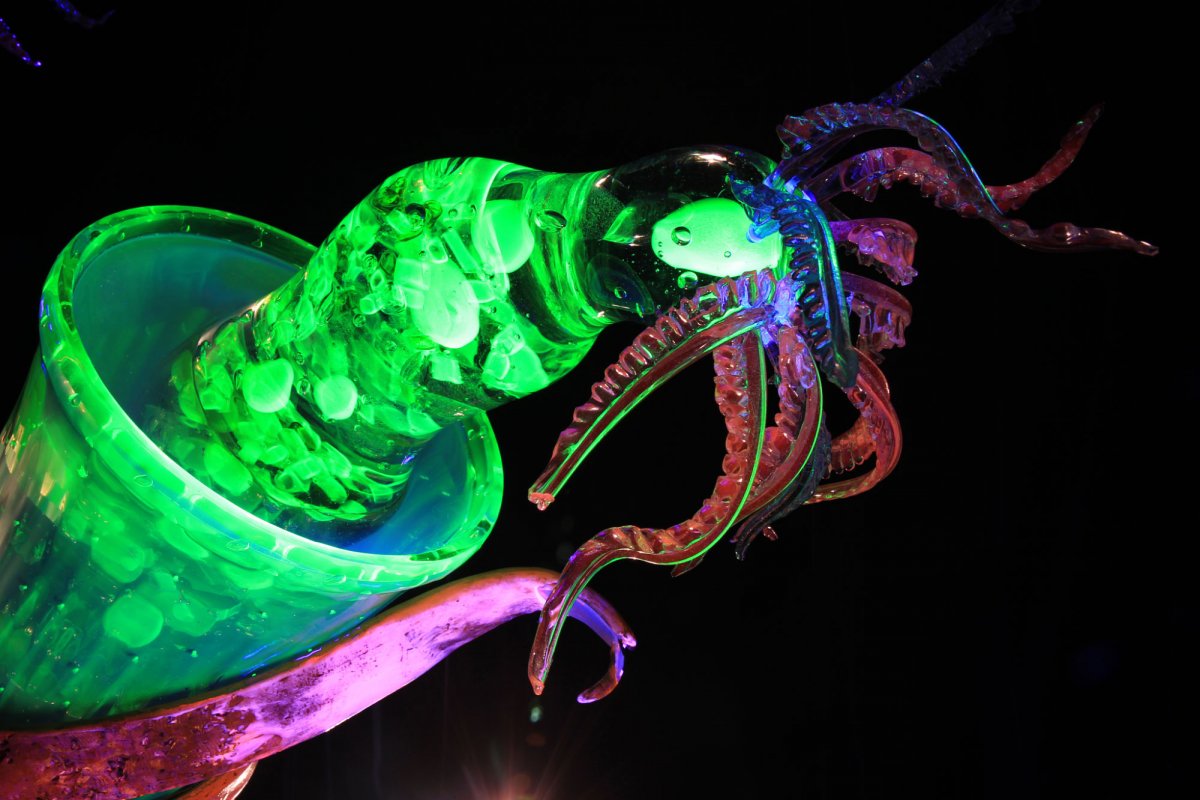Bioart is a promising trend in contemporary art
The main questions posed by artists working in this direction relate to the essence of living organisms, the value of human life and the transformation of nature itself.
Bioart draws attention to the fact that modern civilization catastrophically moves a person away from nature and the natural environment, blocks the ability to perceive the world through the senses (touch, smell, sight, hearing).
Artists protest against overly active biological progress, opposing the assertion of artificial intelligence theorist Hans Moravek that humanity is on the verge of a “postbiological” world and soon “… we will all upload our souls into the memory of computers or robot bodies and forever say goodbye to our weak flesh.”
Creation
When creating art objects, artists use living tissues, bacteria, microorganisms, or even ecosystems. Science is also directly involved in the creation of an art object – the achievements of genetic engineering, cloning and other biotechnologies.

Works are carried out not in workshops, but in special laboratories, where all conditions are provided for the preservation of the material used.
Despite the fact that the creators of objects are classified as artists, most of them are scientists involved in the natural sciences. It is for this reason that the Department of Cell Biology at Harvard University accepts papers of scientific or artistic merit.
Bioart cannot be called the art of like-minded people, since there is an active debate among artists about whether only living forms should be used when creating works, or whether it includes all creative projects on the topic of biology and medicine, regardless of the method of creation.
When is matter considered to be alive?
After all, the creation of new forms of life – cloning – on the one hand, is the highest form of biological progress today, and on the other, it leads to ethical disputes among artists and viewers.
To resolve this problem, it is worth turning to the history of the emergence of bioart. The term itself was coined by Eduardo Katz in 1997. “Bioart” – this is how the artist defined the genre of his performance-installation “Time Capsule”.
Katz injected a memory chip into his body in a bioglass capsule. After that, the viewer could access the files stored on this device using the Internet. In the space where the performance was performed, family photographs of the artist were hung, drawing attention to his personality.
The essence of the action was that Katz sought to destroy the boundaries between the privacy of the human body and the public information field, between the natural and the mechanical, between the personal and the public. Relatively speaking, Katz managed to become a cyborg, whose memories can be penetrated by every person.
The artist’s next project “Genesis” was shown at the Ars Electronica festival in Austria.
To create an art object, the artist used bacteria – Escherichia coli with DNA information encoded in them. Microorganisms contained a quote from the Book of Genesis: “be fruitful and multiply, and fill the earth, and subdue it, and have dominion over the fish of the sea (and over the beasts) and over the birds of the air, and over every livestock, and over all the earth, and over every animal creeping on the earth.
” With this installation, Katz stopped the debate about the ethical side of bioart, recalling that man was originally the king of nature.

The most famous work of Katz
Katz’s most famous work is the Alba fluorescent rabbit, created in 2000 in a genetic engineering laboratory near Paris. The thing is that the artist implanted in the embryo part of the jellyfish DNA, which is responsible for its glow in the dark.
The genetic code was able to take root, and as a result of the experiment, a rabbit was born that could glow green in the dark. Katz spoke of his achievements: “We have entered a new era.
A new art is required. It doesn’t make sense to use paints in the same way that they were used in caves.” The Katz Rabbit caused a lot of controversy among viewers and critics, the main topic of which was the ethical boundaries of works of art, the future of man and nature.
Marta de Menezes
Another representative of bioart is the Portuguese artist Marta de Menezes. In the Nature project? the artist changed the pattern on the wings of a butterfly and created a pattern that did not exist before in nature.
Since the insect’s genome has not been altered, the new drawings are not passed on to its offspring, resulting in the works of Martha de Menezes living and dying with the butterflies.
Such a short-term existence of art objects reminds viewers of the transience and finiteness of any living organism, no matter how complex it may be.
In another Conviver project, Marta de Menezes inscribes an entire ecosystem into the museum space. Thus, the unaltered primeval nature itself becomes a museum value, an object of contemplation.
The artist draws attention to another important issue, which concerns not only the connection of the two disciplines in the cultural space, but also the preservation of living art objects in museums.
Museums traditionally include only inanimate objects in their collections, but such an art object shows that, given the active development of current trends in art towards biology and information technology, the concept of art repositories needs to be changed.
